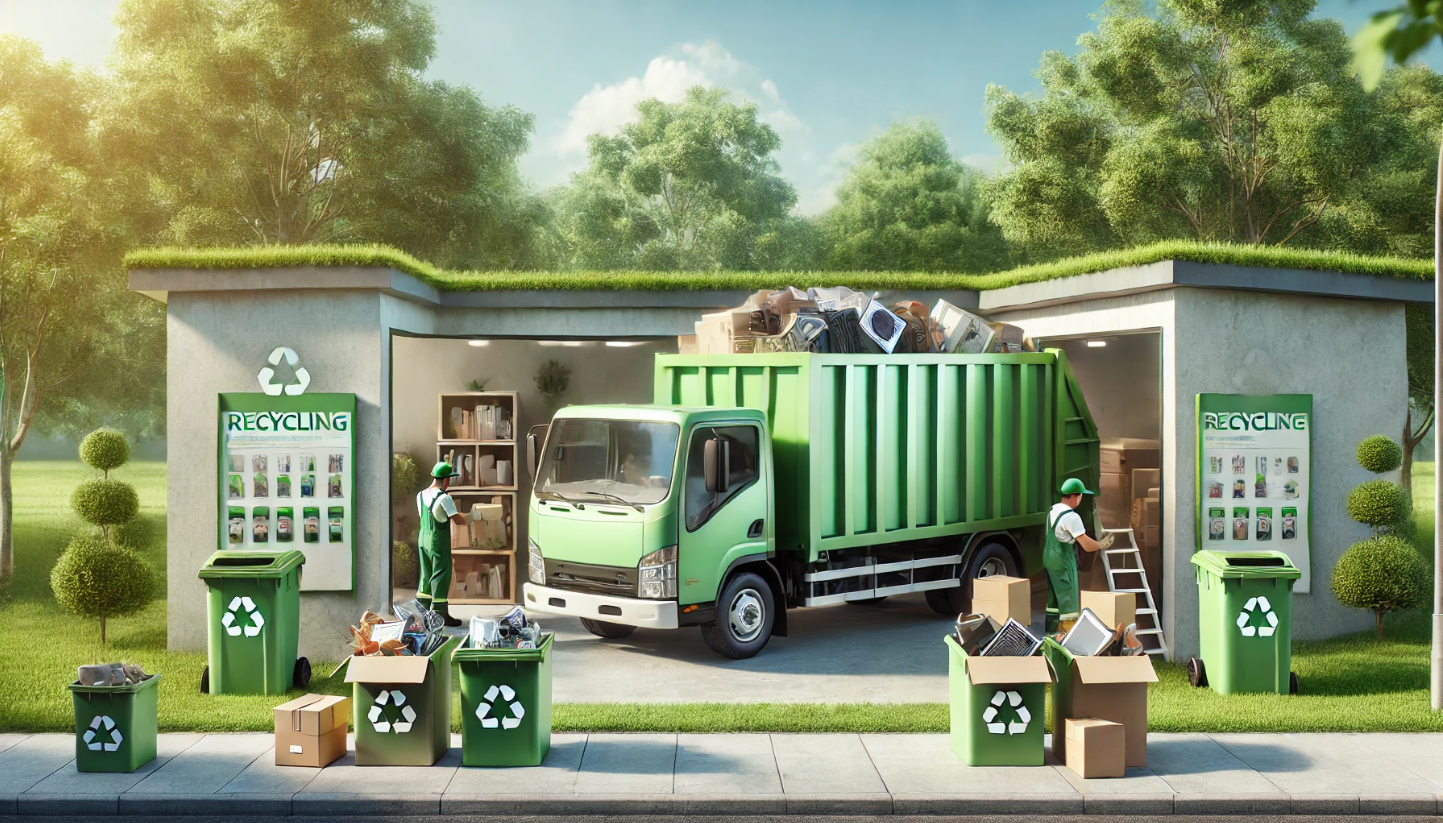
Recycling Unwanted Items – A Practical Guide for Sustainable Decluttering
Decluttering your home can feel overwhelming, especially when you’re unsure how to dispose of unwanted items responsibly. Recycling is a great way to minimize waste, contribute to sustainability, and even help those in need. From old electronics to furniture and clothing, this guide will walk you through effective methods for recycling unwanted items, ensuring your efforts make a positive impact.
Why Recycling Unwanted Items is Important
Recycling goes beyond simply clearing space—it plays a critical role in protecting the environment.
Key Benefits:
- Reduces Landfill Waste: Diverts materials that take decades to decompose.
- Conserves Natural Resources: Minimizes the need for new raw materials like wood, metal, and plastic.
- Prevents Pollution: Proper recycling reduces the risk of harmful substances contaminating the soil and water.
- Encourages Circular Economy: Repurposing materials helps create sustainable production cycles.
How to Start Recycling Unwanted Items
1. Sort Your Junk
- Categorize items as recyclable, donatable, or trash.
- Keep hazardous materials separate for proper disposal.
2. Research Local Recycling Programs
- Check your city’s guidelines for curbside recycling.
- Find drop-off locations for items like electronics, textiles, and bulky waste.
3. Donate Usable Goods
- Many charities and thrift stores accept gently used items like clothing, furniture, and appliances.
4. Handle Hazardous Waste Responsibly
- Items like paint, batteries, and cleaning products should go to certified hazardous waste facilities.
5. Partner with Junk Removal Services
- Professional junk removal companies often sort items for recycling and donation, saving you time.
Common Items You Can Recycle
| Category | Examples | Disposal Method |
|---|---|---|
| Electronics (E-Waste) | TVs, laptops, phones, gaming consoles | Certified e-waste recycling facilities |
| Furniture | Tables, chairs, sofas | Donation, wood recycling programs |
| Clothing & Textiles | Clothes, shoes, bed linens | Textile recycling or donation |
| Plastics | Bottles, containers, packaging materials | Curbside recycling, drop-off centers |
| Appliances | Refrigerators, microwaves, washing machines | Recycling centers or donation programs |
| Yard Waste | Leaves, grass clippings, branches | Composting or green waste facilities |
Tips for Recycling Specific Items
Electronics
- Remove personal data from devices before recycling.
- Look for trade-in programs or certified e-waste centers.
Furniture
- Repair or upcycle damaged pieces instead of discarding them.
- Donate usable items to local shelters or non-profits.
Clothing and Textiles
- Repurpose old clothes into cleaning rags or craft projects.
- Drop off damaged textiles at recycling bins often found at retail stores.
Plastics and Packaging
- Rinse food containers before recycling to avoid contamination.
- Know the recycling codes (1-7) to determine if your plastic is recyclable locally.
Eco-Friendly Alternatives to Disposal
Sometimes, recycling isn’t the only answer. Consider these alternatives:
1. Upcycling
- Transform old items into something new, like turning a wooden crate into a storage box.
2. Composting
- Yard waste and kitchen scraps can become nutrient-rich compost for your garden.
3. Sharing Economy
- Use apps and local groups to give away items for free to those who need them.
FAQs About Recycling Unwanted Items
1. Can all items be recycled?
- No. Some items like mixed-material furniture require specialized facilities.
2. What should I do with broken electronics?
- Take them to an e-waste recycling center that handles repairs or component extraction.
3. How do I dispose of hazardous materials?
- Look for hazardous waste collection days in your community or contact local facilities.
4. Are junk removal companies eco-friendly?
- Many prioritize recycling and donating, ensuring minimal landfill contribution.
5. Can I recycle clothes?
- Yes! Clothes in good condition can be donated, while worn-out fabrics can be recycled.
Quick & Reliable
We are available by phone or email
Danbury, CT
Cities we service
Services
All Rights Reserved | Anthony's Junk Removal LLC
